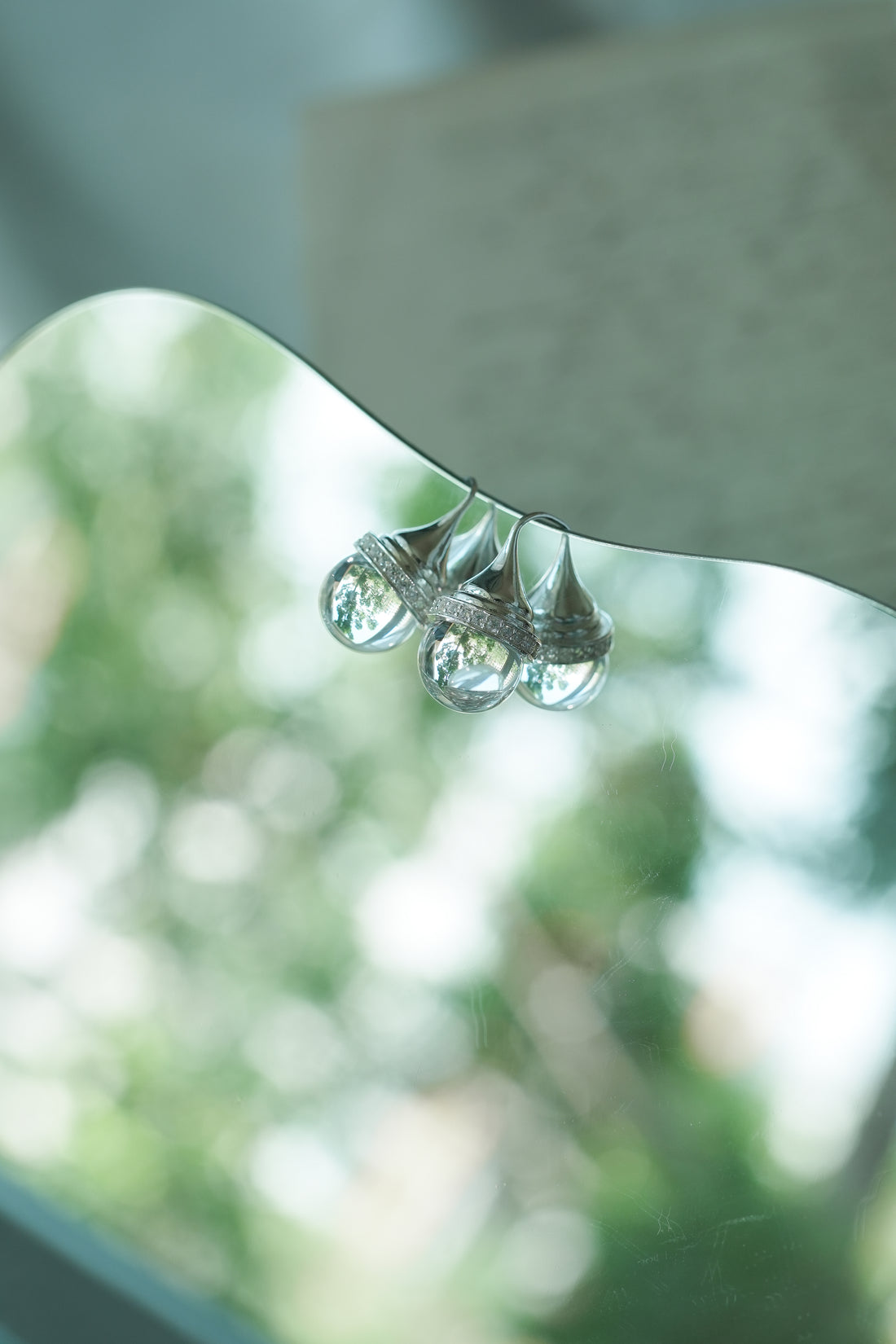
Why does 18K gold sometimes look silver?
Share
Among the many metals available for jewelry, 18K gold has become an ideal choice due to its excellent resistance to wear and comparatively high hardness. However, when purchasing 18K gold, one question often comes up: Why does 18K gold sometimes look silver? This article addresses that question from both scientific and practical viewpoints.

1. What Is 18K Gold?
First, it’s important to know that 18K gold isn’t pure gold; rather, it’s an alloy containing 75% pure gold. The remaining 25% is made up of other metals, such as silver, copper, zinc, or nickel. The main purpose of adding these metals is to increase gold’s hardness and wear resistance so that it’s more suitable for jewelry making.
2. Why Does 18K Gold Look Silver?
Influence of Alloy Composition
Besides 75% gold, 18K gold also includes 25% of other metals. When those additional metals happen to be lighter in color—like silver or nickel—they can affect the overall hue of the alloy, causing 18K gold to appear silver in color.
Influence of Manufacturing Techniques
During the production process, certain techniques—such as electroplating—can change the surface color of 18K gold. For example, rhodium plating (often referred to as “white gold plating”) can make the surface appear silver.

3. The Color Variations of 18K Gold
In reality, 18K gold doesn’t only come in silver shades. Since 25% of its composition can involve various metals, different combinations and ratios can produce a range of colors. Adding copper, for instance, can yield a reddish or rose-gold hue; blending silver may produce yellowish or white tones. This gives consumers plenty of color choices when purchasing 18K gold jewelry.
4. Common Questions :
Is It Still Gold If 18K Gold Looks Silver?
Even if 18K gold appears silver, it’s still considered a form of gold because it contains 75% pure gold.
Will Silver-Toned 18K Gold Change Color Over Time?
Generally, 18K gold doesn’t tarnish as easily as pure gold because of its added hardness and wear resistance. However, the presence of other metals (like copper or silver) can lead to slight oxidation or discoloration over time. Proper care and cleaning go a long way toward preserving its shine.
Is 18K Gold Suitable for Sensitive Skin?
Since 18K gold contains 25% other metals, those with metal allergies—particularly to nickel—should look for nickel-free options. Many high-quality 18K gold jewelry manufacturers replace nickel with other metals to reduce the risk of allergic reactions.
5. Buying Tips
- Know the Composition: Because the color of 18K gold depends on the metals added, it’s a good idea to ask about the specific makeup before you buy.
- Choose Trusted Retailers: For precious metal jewelry, it’s essential to purchase from reputable shops to ensure the authenticity of the gold content, as well as reliable after-sales service.
- Match Your Style: 18K gold comes in various colors—pick the shade and design that best suit your personal taste and wardrobe needs.

Conclusion
In summary, 18K gold can appear silver primarily due to the influence of mixed-in metals and the manufacturing processes used. While its color may differ from the bright yellow typically associated with gold, its high gold content still places it firmly in the “gold” category. Its broad spectrum of possible colors also offers more personalized choices for consumers. Whichever color of 18K gold you select, remember that proper care and cleaning are key to preserving its natural beauty.
